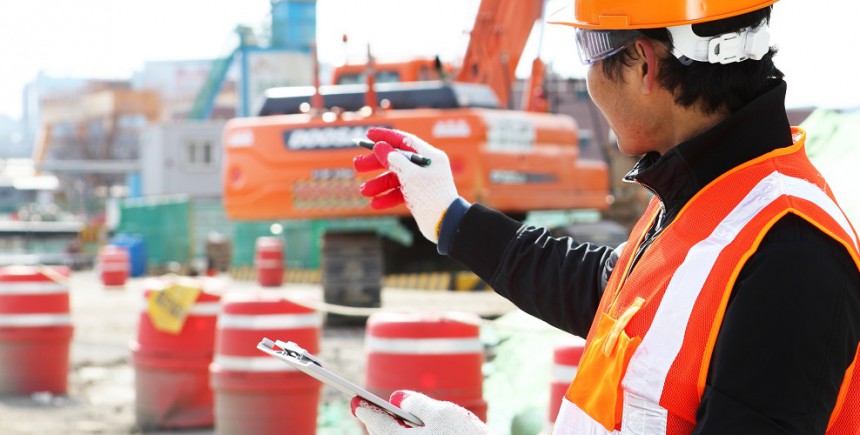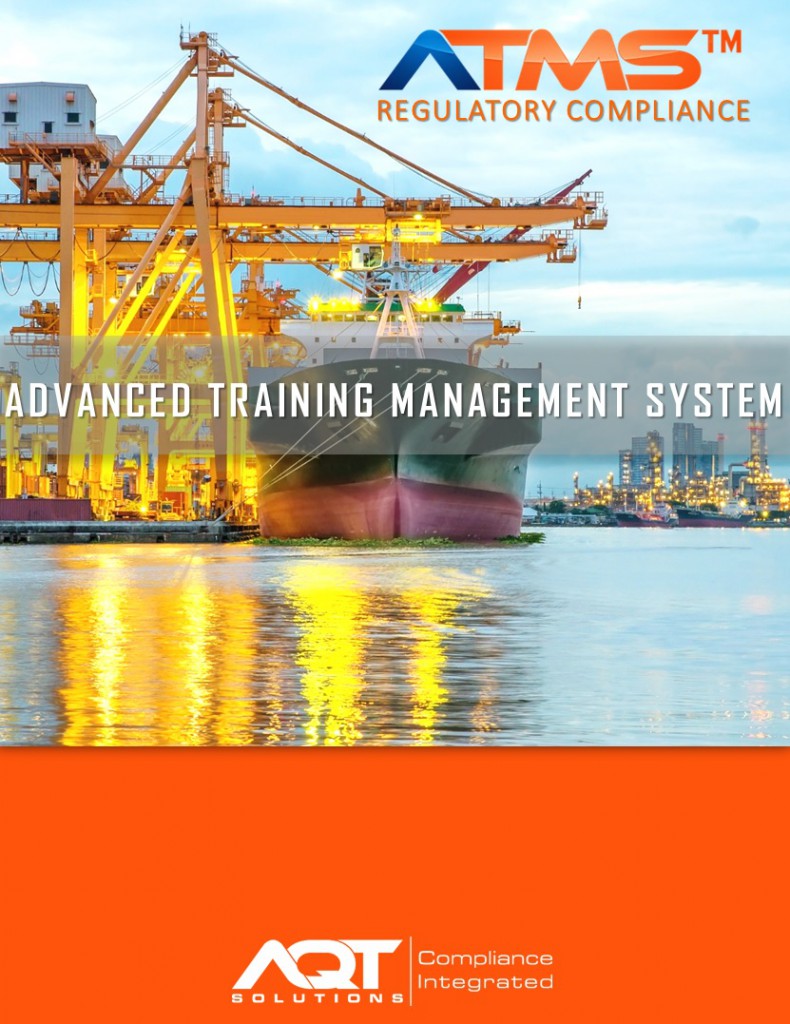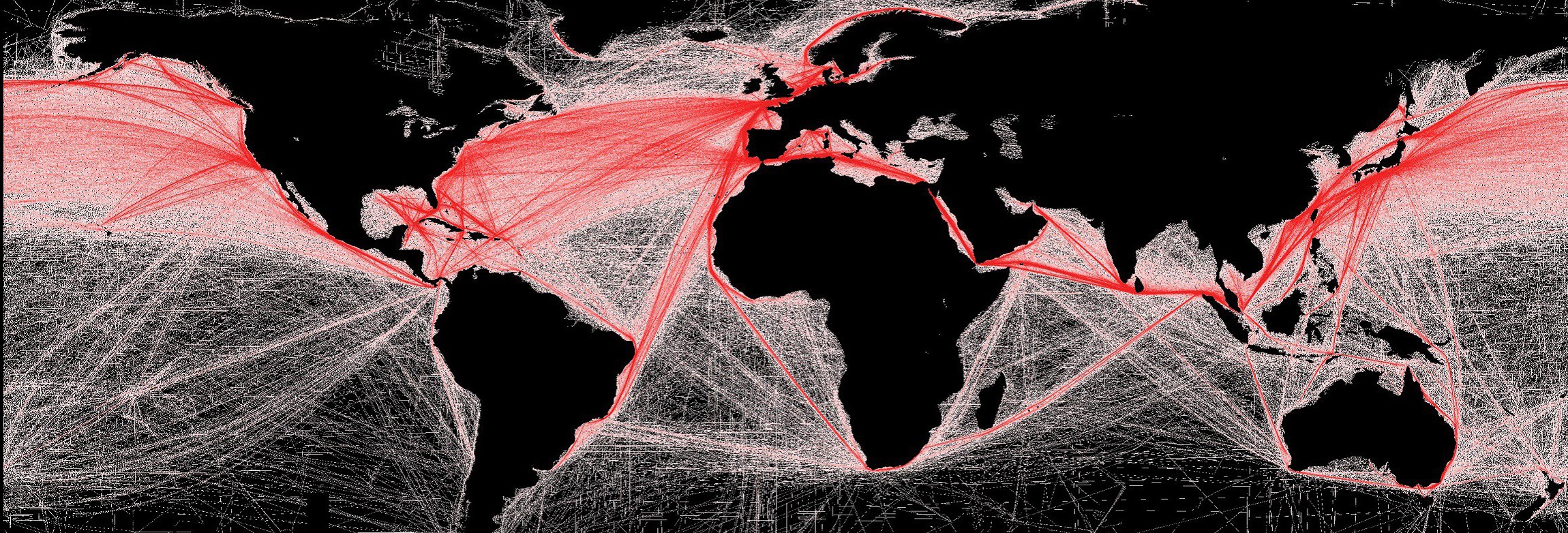Compliance Training for Brokers, Forwarding Agents, Freight Forwarders, and Warehousers
Each person who transports or offers for transport hazardous materials (hazmat), is a hazmat employer or employee. The Federal Hazardous Materials Regulations (HMR) [located in Title 49, Code of Federal Regulations (49 CFR)] require hazmat employers to train, test, and maintain records of this training for all their hazmat employees. This includes any employee that has responsibility for preparing hazmat for shipment or for transporting the hazmat shipment. [See 49 CFR, 171.8 (Definitions); 172.700 (Training); 173.1 (Shipper function); 175.20 (Air); 176.13 (Vessel/water); 177.800 (Highway)].
This is a compliance training guide for brokers, forwarding agents, freight forwarders, and warehousers and is intended as an in-house training aid for reviewing your hazardous materials procedures. It does not include or re fer to all applicable U.S. Department Transportation (DOT) regulations. Brokers, forwarding agents, freight forwarders, and warehousers are legally required to comply with the HMR. Knowledge of and compliance with the HMR is essential for your protection and that of your client(s).
In general, each of you may act as an agent for a shipper. If you forward a hazmat shipment, you are not relieved of the responsibility of your actions. That means, if you accept the responsibility of that agency in hazmat transportation – YOU ARE INVOLVED and can be held liable for your actions. Even a written agreement with a client(s) will not remove your liability.
Each of you should have a current copy of the HMR plus any final rules issued in the Federal Register, after the last HMR was printed. This includes Parts 100-185 of the 49 CFR. Know how to use-and consistently use-the HMR.
A. BROKERS AND FORWARDING AGENTS:
When acting for a shipper of hazmat, the firm acting for that shipper is equally liable. Therefore, you must have adequate knowledge of DOT’s HMR to make sure that your ope ration complies with the HMR.
1. Know your shipper. Are hazmats shipped? If so, what kind and in what quantity? A broker must know when hazmat is being shipped. This involves m ore than just examination of documents.
2. Know the packaging. Is the material in DOT/UN authorized packages?
3. Know/verify the proper hazmat description. Does it match the proper shipping name, hazard class or division, Identification Number, and Packaging Group listed in the Hazardous Material Table (HMT) in 17 2.101? Is there a conflict between the documentation and the package marking? Is there an emergency response telephone number on the shipping paper? Does emergency response information accompany the shipping paper?
4. Advise the shipper of discrepancies.
5. Make a visual inspection of shipments. Is the hazmat damaged? In conflict with documentation? Improperly packaged? Other possible violations? To meet the requirements of the HMR, each hazmat shipment’s packaging, marking, labeling, certification, and document should be seen and verified.
6. Provide correct documentation to the carrier. Keep in mind that you are assuming shipper responsibility for a hazmat shipment made by another party. You must rely on the shipper for correct documentation and packaging. When discrepancies are noted, it is your responsibility to be sure it is corrected PRIOR to offering the shipment for movement. The documentation you give is the only information that the carrier receives. IT MUST BE CORRECT.
B. FREIGHT FORWARDERS:
Freight forwarders may have a dual responsibility as a shipper and a carrier. When tendering freig ht to a carrier, you perform the function of a shipper; when, picking up freight from a shipper, you function as a carrier. To make sure that your operation complies with the HMR, consider the following:
1. Be aware of who is a hazmat shipper. Who are they? What do they ship?
2. Documentation and Packaging. Assure yourself that the packaging and documentation are correct and that they do no t conflict with each other.
3. Labels and Placards. Make sure required labels and placards are in place. 11/05 To obtain a list of hazmat publication from the USDOT: FAX: (202) 366-7342 or Internet e-mail: TRAINING@DOT.GOV OR WRITE: US DOT/PHMSA/PHH-50 400 SEVENTH STREET, SW WASHINGTON, DC 20590-0001 Need Technical Assistance? Call: 800-HMR49-22 (202) 366-4488 http://hazmat.dot.gov
4. Shipper Liaison. Keep a constant liaison with the shipper and correct discrepancies as soon as they are noted. If you receive an incorrect shipment, contact the shipper to correct it. Remember, YOU ARE THE SHIPPER TO SUBSEQ UENT CARRIERS
5. Hazmat Spill, Release, or Incident. If a hazmat release occurs while in your possession, YOU, as a carrier, MUST REPORT that spill to US DOT. [See 49 CFR 171.15]
a) Telephone (800-424 -8802) IMMEDIATE NOTIFICATION, If: A person is killed or hospitalized, or Estimated damage is over $50,000 or Evacuation of public for over one hour, or A major transportation artery or facility is closed for one hour, or Aircraft’s flight plan or routine is altered, or ALSO, IF fire, breakage, spillage, or suspected contamination of/by Class 7 (radioactive) material or Div. 6.2 (etiological agents).
b) WRITTEN REPORT (within 30 days on Form DOT 5800.1) is required for: ALL telephone notices listed above, and ANY unintentional release of hazmat during transportation.
6. Training. As with shipper and carriers, you are required to train, test, maintain the records, and retrain your hazmat employees at least once every three years. [See 49 CFR 172.704]
C. WAREHOUSERS:
As warehouse personnel, you perform storage and shipping functions on orders of a shipper. You may, in some cases perform all of the documentation functions required for a hazmat shipment, including certification. Be aware of the following factors and satisfy yourself that your operation complies with the HMR.
1. Know the shipper. Know the kinds of hazmat the shipper ships. Know the proper shipping name and classification for each material you turn over to a carrier for transpo rtation. Know the storage requirements.
2. Check the packaging. Is it a DOT /UN authorized package for the commodity being shipped? Are the required markings and labels attached? If not, you may not ship it legally. Contact the shipper for correction. If the packaging is wrong, not only is it illegal, it could be unsafe and/or result in a hazmat incident.
3. Documentation. Make sure the documentation you turn over to the carrier is complete and accurate.
4. Compatibility. Check for compatibility of hazmat in storage. [See 49 CFR 177.848]
Sign-up For Your ATMS For Regulatory Compliance
Training System eBrochure














